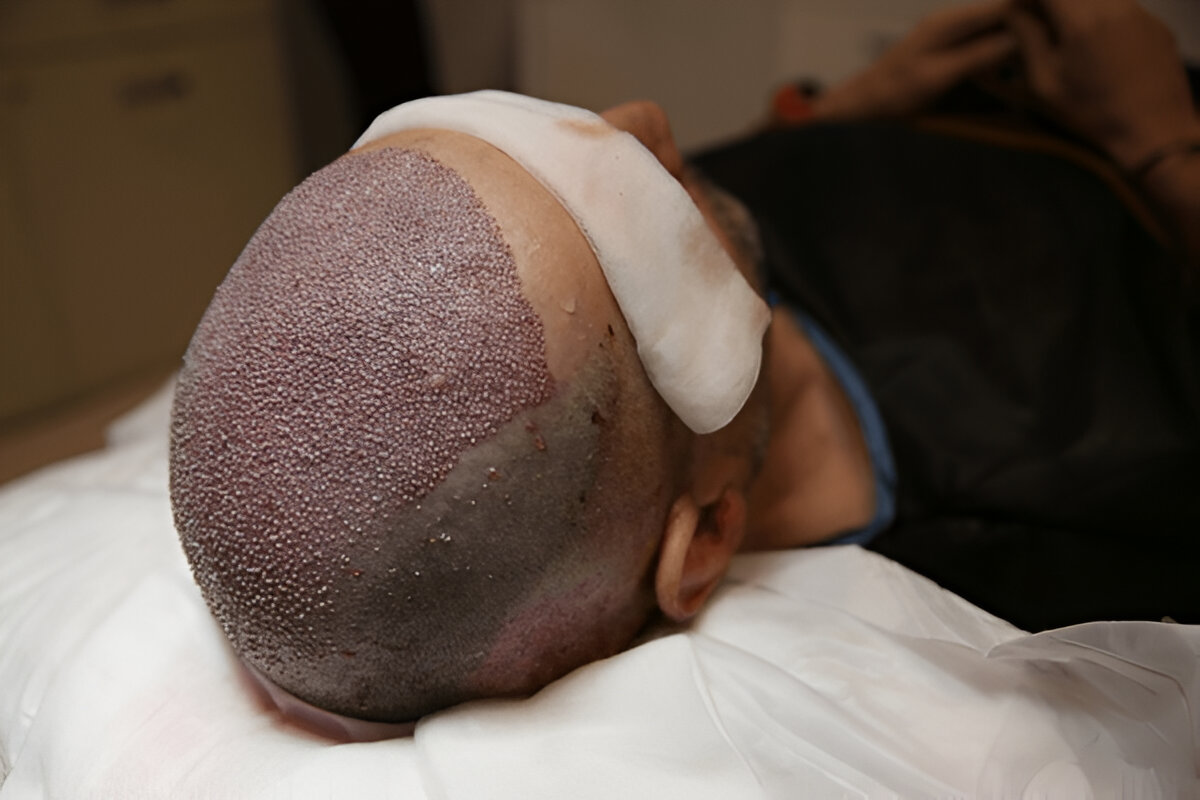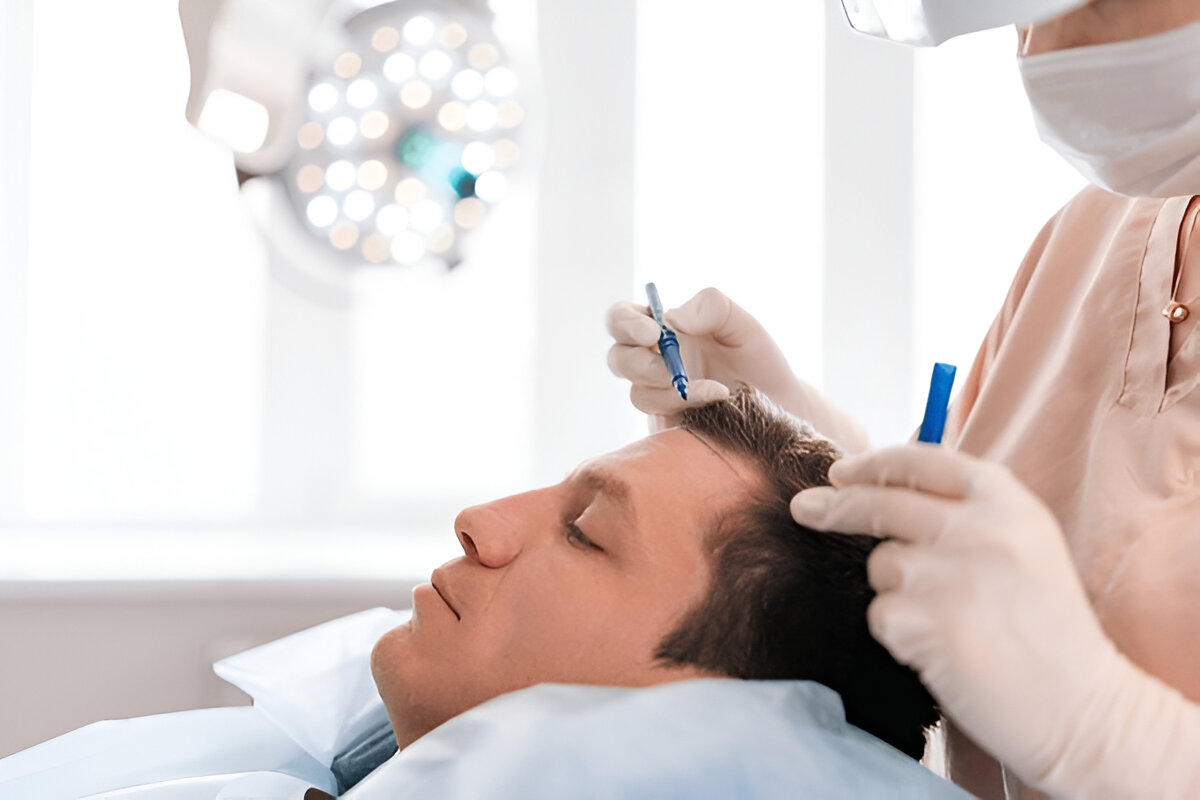A hair transplant, especially a manual hair transplant, is a life-changing procedure for many individuals. It provides a permanent solution to hair loss, restoring confidence and a natural hairline. However, proper care of your scalp after the procedure is crucial to ensure optimal results. This article will guide you on how to care for your scalp post-transplant and help you maintain healthy, thriving hair.
Why Post-Transplant Care is Essential
After undergoing a manual hair transplant, your scalp needs time to heal and adjust to the newly transplanted follicles. The recovery process is crucial for the success of the transplant. Proper aftercare ensures that the follicles stay healthy, avoid infection, and grow without complications. Neglecting care can lead to poor results, infection, or scarring, so it’s essential to follow all guidelines provided by your surgeon.
The First Few Days: Protecting Your Scalp
Immediately after your manual hair transplant, your scalp will be sensitive. It’s essential to be gentle with your scalp to avoid disturbing the newly transplanted follicles. During the first few days, you should avoid touching or scratching your scalp. Any direct pressure on the transplanted areas can disrupt the healing process, so be sure to sleep with your head elevated and avoid lying on your face.
During the first 48 hours, your surgeon may advise you to avoid washing your hair. After that, you will be instructed on how to gently clean the area using a mild, non-abrasive shampoo. It’s important to follow the surgeon’s instructions exactly to avoid irritating your scalp or disrupting the grafts.
Gentle Washing and Moisturising
When you are allowed to wash your hair after the transplant, use lukewarm water and a mild, non-scented shampoo recommended by your surgeon. Be very gentle with the scalp, as the newly transplanted follicles are fragile during this stage. Avoid scrubbing or rubbing the scalp. Instead, gently dab and rinse, allowing the shampoo to cleanse the scalp without disturbing the grafts.
Moisturising is also crucial in the early stages of recovery. After a manual hair transplant, your scalp may become dry or flaky. Keeping the area hydrated promotes healing and prevents discomfort. Use a scalp-specific moisturiser or lotion recommended by your surgeon, and avoid any heavy products that may clog the pores or irritate the skin.
Avoiding Sun Exposure
One of the most important aspects of caring for your scalp after a transplant is protecting it from direct sunlight. For the first few weeks following your transplant, it’s crucial to avoid prolonged sun exposure. UV rays can damage the sensitive, healing skin and affect the growth of transplanted follicles. Even after the initial recovery period, be cautious when exposing your scalp to the sun.
If you need to go outside, wear a loose hat or cap to protect your scalp. If possible, stay in the shade during peak sunlight hours. After the recovery period, your surgeon may advise you to use sunscreen specifically formulated for the scalp to protect the delicate skin from further damage.
No Strenuous Activities or Sweating
Strenuous activities that cause sweating should be avoided for the first two weeks after a manual hair transplant. Excessive sweat can cause irritation, increase the risk of infection, and disrupt the grafts. Activities like intense exercise, swimming, and saunas should be put on hold until your surgeon clears you for these activities.
Sweating can also lead to the buildup of oils and bacteria on your scalp, which can hinder the healing process. During the initial recovery phase, it’s essential to allow your scalp to heal without any external factors interfering.
Sleeping and Comforting Your Scalp
How you sleep in the first few days after your transplant can significantly impact the success of your procedure. To avoid disturbing the newly transplanted follicles, sleep with your head elevated on a soft pillow. This reduces swelling and prevents any pressure on the transplanted area.
Make sure you avoid sleeping on your stomach or side during the initial recovery period. Resting directly on your scalp can dislodge the follicles or cause them to become misshapen. Using a soft, clean pillowcase can also help minimize irritation and friction against the scalp.
Avoiding Hair Products
In the first month following a manual hair transplant, it’s essential to avoid hair styling products like gels, waxes, or sprays. These products can contain chemicals that may irritate the scalp and hinder the healing process. Additionally, certain styling products can clog the pores, leading to potential complications such as folliculitis.
Instead, focus on maintaining a clean, moisturised scalp. Once your scalp has healed and your surgeon gives you the go-ahead, you can gradually reintroduce your regular hair products. It’s essential to continue using products that are gentle and designed for sensitive skin to prevent irritation or further damage.
Dealing with Shedding: It’s Normal
One of the common concerns after a manual hair transplant is shedding. In the weeks following the transplant, it’s completely normal for the transplanted hair follicles to shed. This is a natural part of the hair growth cycle, and new hair will begin to grow in the same areas. It’s important to be patient during this phase and avoid panic.
Shedding can typically occur within the first two to three weeks after the procedure. This shedding phase is temporary, and the follicles will enter a resting phase before new hair begins to grow. The process can take several months before you start seeing visible results. Keep in mind that full results of your manual hair transplant can take up to a year to fully manifest.
Following Up with Your Surgeon
Post-transplant care doesn’t end after a few weeks. Regular follow-up appointments with your surgeon are important to monitor your recovery. These appointments allow your surgeon to check the progress of the transplanted follicles, address any concerns, and ensure everything is healing correctly.
During follow-up visits, your surgeon can give you advice on how to adjust your aftercare routine and provide tips for promoting hair growth. This is also the time to ask any questions or address any concerns about your recovery process.
Final Thoughts
Caring for your scalp after a manual hair transplant is crucial to achieving the best possible results. By following your surgeon’s instructions closely and taking the necessary precautions, you can help your scalp heal properly and support the growth of your new hair. Patience is key during this process, as the full results of the transplant may take time to show. By taking good care of your scalp, you’ll ensure a smooth recovery and enjoy the benefits of a fuller, natural-looking head of hair for years to come.




